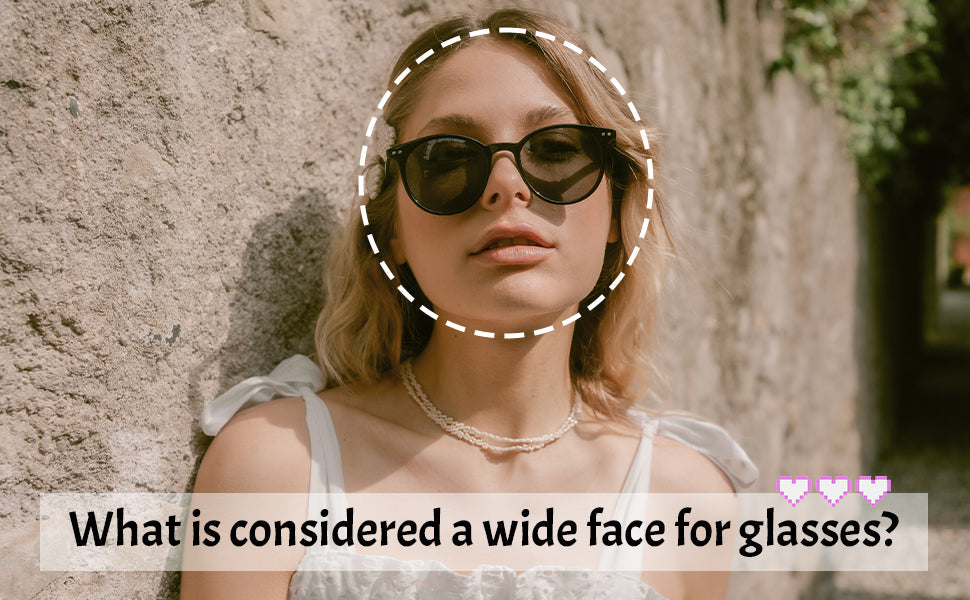
Do I Need Polarized Sunglasses For Driving?
Your driving skills are challenged in the arena of mad traffic you are in. How good you are behind the wheel defines your journey to be enjoyable or horrible. Negotiating your car through traffic jams and irresponsible driving by other rash drivers is something we all experience every day and can do nothing much about it. Just remain cool and focused.
But there is something even more challenging that is entirely beyond our control. Light – harsh sun rays during daytime and bright headlamp light from vehicles coming from opposite sides at night – can put you at some serious risk, if you are not prepared for it.
The headlights may appear harmless but can blind you to a dangerous clash though, and the sunrays emitting UV rays are surely harmful.
While you should be careful whenever you are driving, you can minimize these risks of getting your eyes exposed and consequently affecting your eye health. Besides averting accidents due to blinding luminous lights, UV rays have an inherent potential to damage your vision in the long run.
Can normal sunglasses solve this problem or essentially require polarized sunglasses to drive?
Your favorite music and the cool air blowing from the AC vent can comfort your journey. But it can also make your driving relaxed; and sometimes careless. You may overlook smaller details in a fast lane because of the comfort inside and the blinding light outside. At times, even your wandering thoughts or an interesting conversation with your co-passenger can further add to the peril.
This article examines the challenges you face during driving and the probable solution to protect your eyes and enhance your driving experience.
Driving on a Bright Sunny Day
Playing your favorite music, the cool air, and setting the speed on cruise control makes it such a fun drive on a bright manic Monday afternoon, isn’t it? So what if it is harsh sunny outside? You might have the windshield and all the window panes tinted dark. How cool is that?
Well, sounds like a joyride, but not so cool entirely!
This is typically the characteristic of every car owner driving on the highway. The cool air from the AC can set the temperature at comfortable levels. The tinted window panes may also reduce the brightness of the sun above.
But what you are unaware of is what you cannot see or feel. What is it?!
The tinted glass windows cannot shield against UV rays. These harmful rays can penetrate through the glass and can adversely affect your eyes. If your eyes are exposed to such rays for a longer duration daily, it could lead to serious vision disorder, sooner than later.
While driving, the sunrays get deflected on the terrain or other surfaces and horizontally hit your eyes. Such deflected lights are dazzling and can temporarily blind your sight, leading to your losing steering control. You know what could happen next, right?
Driving at Night
If you thought driving at night is safer because the harsh UV rays are not attacking you, then you are just partially right. It is not just the UV rays but the high luminous headlamp light from vehicles coming from the opposite direction that can make driving a horrifying experience, especially if you are sensitive to light.
At night, these lights appear diffused from afar and can reduce the visibility of things near you. You'll probably notice the haloes and reflections off of lights and headlights. Sometimes it may cause multiple images of light.
Older drivers with prescription glasses would easily relate to the challenges of oncoming traffic. Driving at night causes the pupil of the eye to enlarge compared to daytime. The enlargement of the pupil may magnify any minor focus issues already present, further blurring the image. Nyctalopia or night blindness can lead to serious traffic hazards, especially for elders.
Even youngsters with otherwise perfect vision are prone to become temporarily myopic at night. Most persons under the age of 45 can easily switch their focus between long and close ranges. However, under extremely low light levels, this transposition fails, and the focus maintains a fixed distance of around 1 meter.
The danger is that a driver's vision would appear blurry if they fixed their eyes at a distance of 1 meter at all times. Somebody’s rash overtaking or driving violations from the opposite directions can terrify you from losing your focus and control.
Should I Use Polarized Sunglasses For Driving?
It is evident that you need some kind of eye protection against the bright light whenever you drive, be it during the day or nighttime. Many of us, especially youngsters, may disagree and enjoy the liberty of not using any glasses. That’s fine, as long as they are comfortable with it. But preventing a potential danger is prudent, whether one likes it.

Glare is horizontally polarized light produced by the sun reflecting off reflective objects such as roads, ice, or water. It can also come from other vehicles. It appears as a flash of white light to the naked eyes, which can make it difficult to see nearby details.
The lenses on polarized sunglasses are fixed at an angle that only permits light that is vertically polarized to pass through from horizontal surfaces. Simply put, it only allows light that does not match its orientation to get through. It can also block harmful UV rays.
Driving sunglasses with polarized lenses can help shield you from the effects of glare and keep your vision clear while driving a car, bicycle, or boat in low-light settings. It can also improve contrast in foggy or hazy environments. These lenses sharpen features of objects that fog would otherwise obscure.
If you wear power glasses with polarized lenses, you need to ensure that you have the correct prescription for distance vision, and have a good quality anti-reflective coating.
Moreover, you may also make additional precautions recommended by the Royal Society for the Prevention of Accidents (RoSPA). This could immensely benefit you when using polarized sunglasses while driving:
- · Don't stare at oncoming vehicles.
- · Keep windows clean, inside and out, at all times.
- · Watch out for children, cyclists, and animals.
- · Get your eyes tested regularly.
- · Don't get behind the wheel when tired.
- · Hone your night-driving skills.
- · Use your lights appropriately.
Polarized Sunglasses vs. Non-Polarized Sunglasses

Polarized sunglasses were originally designed by NASA scientists. It protected against space radiation. However, it reached the fashion world and became popular eyewear for its technical benefits over normal sunglasses.
Polarized lenses reduce glare, letting your eyes see vivid colors, sharper contrast in shadows, and greater clarity in your surroundings. Non-polarized lenses effectively treat all types of light the same way and simply reduce the intensity of the light because it cannot recognize the subtleties of glare.
Polarized sunglasses block high-glare, increase contrast and visual clarity, and are ideal for outdoor activities. Non-polarized sunglasses reduce glare, are easier to view LCD screens, and are ideal for pilots and heavy machine operators. Lastly, polarized sunglasses are more expensive than non-polarized ones.
Conclusion
The choice of whether to wear polarized sunglasses for driving depends on the environment you are in. Polarized sunglasses are excellent for blocking high glare. So, if you are driving on a bright sunny day, then it is ideal. But the flip side is that you may miss out on other objects less visible like pedestrians, animals, obstacles in the road, etc.
That means if there are no such hurdles but only the bright sunrays that you need protection from, in that case, you need a polarized sunglass. If not, you may opt for non-polarized ones that are true to natural colors.






